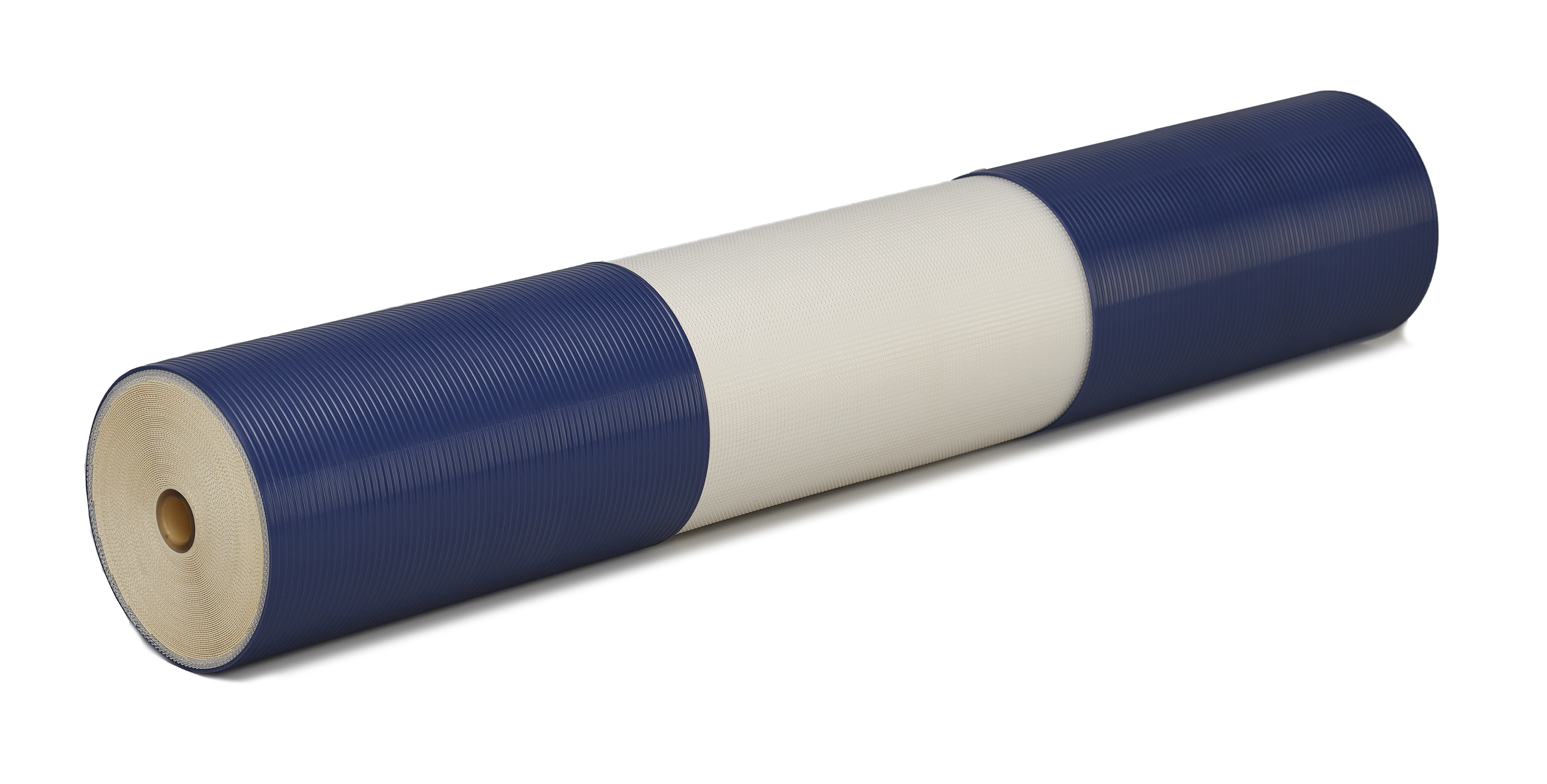
Energy efficient design reduces costs and delivers against multiple environmental health and safety initiatives in dairy and food processing applications.
Optum Reverse Osmosis (RO) elements are used for critical food and dairy separation processes where high production yields and state-of-the-art sanitary constructions are required. Ideal for use in applications involving whey, proteins, sugar, and lactose.
- Reduce energy consumption and carbon footprint of the recirculation pump by up to 9% versus other shelled elements and up to 25% versus WTS standard cage-wrapped elements. The Optum RO element has an innovative design that creates shelled ends by use of two engineered sleeves that minimize fluid bypass thereby reducing recirculation pump requirements.
- Improved employee ergonomics with 10-20% less force required during installation and removal. Optum RO elements also maintain better element scroll integrity during operation than standard cage-wrapped elements leading to easier removal.
- Blister-free construction from previous generations of products in our sanitary portfolio is utilized in Optum RO elements, along with a Durasan* cage underneath the sleeves.
- Reduced plastic waste versus other shelled elements. In a plant with 200 elements, using Optum RO elements for 10 years will keep over 1,100 lbs (500 kg) of plastic out of landfills.
- High performance reverse osmosis membrane maximizes concentration and dewatering.
- Extended shelf life is provided through enhanced packaging techniques.
- Strict product compliance is a foundation of our sanitary portfolio including use of materials compliant with US FDA 21 CFR (Subchapter B, Parts 175, 176, 177, 178, and 182) and EU regulations (1935/2004 and 10/2011). Optum RO elements also have kosher and halal certification.
Download the Optum Series Factsheet
Low Energy Design Testing Shows Operating Cost Savings
At 10 psi pressure drop in side-by-side testing, Optum RO8038C30 elements required ~5% less feed flow than other competitor elements with shells, and ~20% less than our standard cage elements.

See How the Optum Series Elements offer Energy Efficient Food Processing
Contact us to connect with a Veolia Expert to learn more about our sanitary offerings
Case studies for dairy applications
Membranes Remain Blister-Free After 20 Cleaning Cycles
Exposure testing finds Veolia’s dairy membranes remain Blister-Free after 20 cleaning cycles To better understand the impact of effective cleaning on membrane performance, Hydrite Chemical Company, a leading supplier of cleaning technology to the dairy industry, tested Veolia’s Blister-Free membrane elements.
Electrodialysis Applications in Whey Processing
Electrodialysis is a separations process in which membranes are used to remove ionic (electrically charged) species from non-ionic species. Electrodialysis is employed in the dairy industry to demineralize whole whey and other milk derivative solutions.
Dairy Doubles Wastewater Treatment Capacity
Uma fábrica de laticínios no Sri Lanka queria aumentar a capacidade da sua estação de tratamento de efluentes para englobar a porção aeróbica da sua estação de tratamento de efluentes.
Wastewater Treatment with ZeeWeed 500D Solution
A dairy company's noodle production plant in Northern India required efficient wastewater treatment technology for the aerobic treatment portion of its plant. Veolia used the ZeeWeed MBR to treat the wastewater.
-
Membranes remain Blister-Free after 20 cleaning cycles
Membranes Remain Blister-Free After 20 Cleaning Cycles
Exposure testing finds Veolia’s dairy membranes remain Blister-Free after 20 cleaning cycles To better understand the impact of effective cleaning on membrane performance, Hydrite Chemical Company, a leading supplier of cleaning technology to the dairy industry, tested Veolia’s Blister-Free membrane elements.
-
Electrodialysis Applications in Whey Processing
Electrodialysis Applications in Whey Processing
Electrodialysis is a separations process in which membranes are used to remove ionic (electrically charged) species from non-ionic species. Electrodialysis is employed in the dairy industry to demineralize whole whey and other milk derivative solutions.
-
Dairy Doubles Wastewater Treatment Capacity
Dairy Doubles Wastewater Treatment Capacity
Uma fábrica de laticínios no Sri Lanka queria aumentar a capacidade da sua estação de tratamento de efluentes para englobar a porção aeróbica da sua estação de tratamento de efluentes.
-
Wastewater Treatment with ZeeWeed 500D Solution
Wastewater Treatment with ZeeWeed 500D Solution
A dairy company's noodle production plant in Northern India required efficient wastewater treatment technology for the aerobic treatment portion of its plant. Veolia used the ZeeWeed MBR to treat the wastewater.
